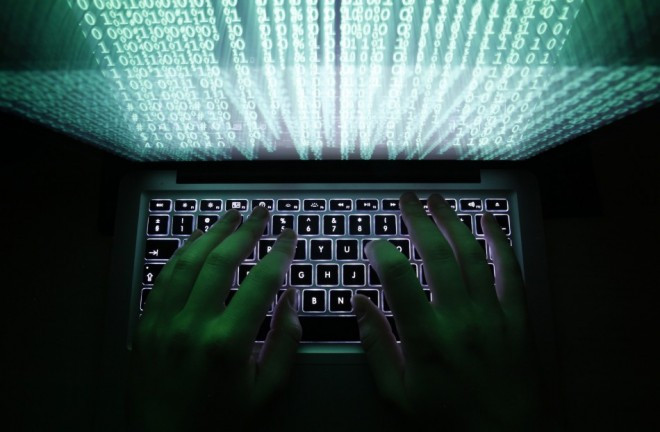UK Spy Agency Collected Millions of Yahoo Webcam Chat Images Including Sexually Explicit Pics

Britain's GCHQ surveillance agency intercepted and stored webcam images of millions of Yahoo users without their knowledge, secret documents have revealed.
In a style eerily similar to the telescreen described in George Orwell's 1984, secret documents leaked describe how a GCHQ programme code-named Optic Nerve was used to collect one image every five minutes from users of Yahoo's webcam chat service.
NSA whistleblower Edward Snowden first leaked classified documents including information on Optic Nerve in June 2013. His leaked documents revealed that the GCHQ programme began as a prototype in 2008 and was still active in 2012, according to an internal wiki page accessed that year.
According to the Guardian, secret documents describe how 1.8 million users were targeted by GCHQ in a six-month period in 2008 alone, and that the data had been collected between 2008 and 2012. The documents explicitly state that webcam images of individuals were collected and stored on GCHQ databases regardless of whether the person spied upon was an intelligence target or not.
A whole new level of privacy violation
When approached by the newspaper, a Yahoo spokeswoman said: "We were not aware of, nor would we condone, this reported activity. This report, if true, represents a whole new level of violation of our users' privacy that is completely unacceptable, and we strongly call on the world's governments to reform surveillance law consistent with the principles we outlined in December."
The spokeswoman added: "We are committed to preserving our users' trust and security and continue our efforts to expand encryption across all of our services."
According to the documents, Optic Nerve was developed and used because "Yahoo webcam is known to be used by GCHQ targets".
The programme was unable to filter out information from UK or US Yahoo users, and unlike its American equivalent the NSA, GCHQ is not required by UK law to "minimise", or remove, domestic citizens' information from its databases. However, GCHQ analysts must seek additional legal authorisation before they can search for data of individuals likely to be in the UK at the time of the search.
Sexually explicit images
The documents state how GCHQ endured a sustained struggle to keep sexually explicit images collected by Optic Nerve out of sight of agency staff.
One document said: "Unfortunately, there are issues with undesirable images with the data. It would appear that a surprising number of people use webcam conversations to show intimate parts of their body to the other person.
"Also, the fact that the Yahoo software allows more than one person to view a webcam stream without necessarily sending a reciprocal stream means that it appears sometimes to be used for broadcasting pornography."
The leaked document estimates that between three and 11% of the Yahoo images collected by GCHQ contained "undesirable nudity".
Although the documents do not mention specific attempts to avoid explicit images from being collected - nor do they address privacy issues with the secret collection of intimate imagery - they do mention the exclusion from analyst search results of images where a face cannot be automatically detected.
Like a police mugshot book
One document described the image collection as "unselected" - meaning this was a bulk harvesting of images rather than targeted collection - and another likened Optic Nerve to a digital book of police mug shots.
"Face detection has the potential to aid selection of useful images for 'mugshots' or even for face recognition by assessing the angle of the face," the documents states. "The best images are ones where the person is facing the camera with their face upright."
Efforts were made to prevent analysts from being able to see images in the results of bulk searches - instead they would only see metadata, such as usernames and the time and date of when the image was captured.
However, analysts were shown the faces of potentially innocent individuals who had a similar username to surveillance targets. One document explained how GCHQ staff were allowed to see "webcam images associated with similar Yahoo identifiers [usernames] to your known target".
In a statement sent to the Guardian, a GCHQ spokesman said: "It is a longstanding policy that we do not comment on intelligence matters.
"Furthermore, all of GCHQ's work is carried out in accordance with a strict legal and policy framework which ensures that our activities are authorised, necessary and proportionate, and that there is rigorous oversight, including from the secretary of state, the interception and intelligence services commissioners and the Parliamentary Intelligence and Security Committee.
"All our operational processes rigorously support this position."
© Copyright IBTimes 2025. All rights reserved.






















